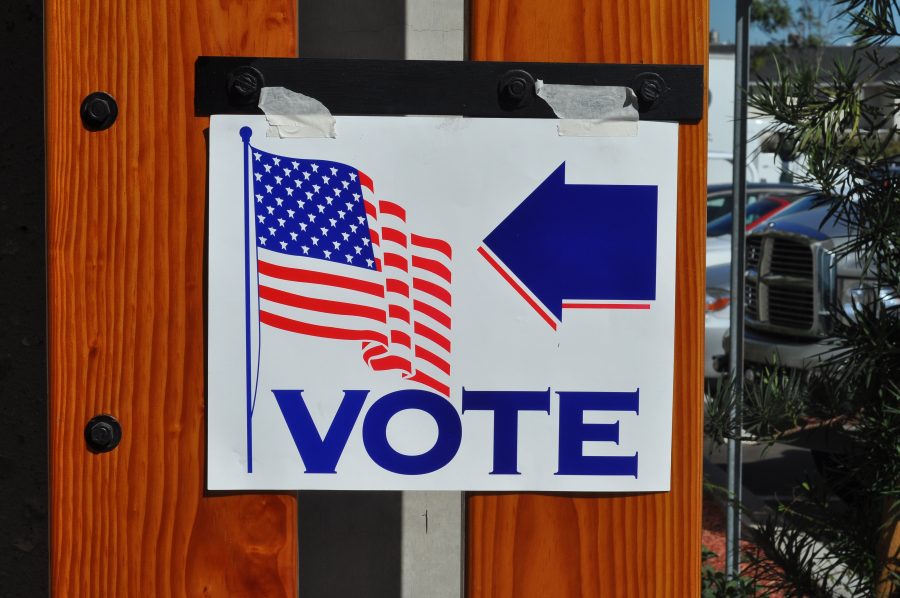Ballot measure Proposition 13 is projected to fail to pass in a statewide vote. The ballot issued $15 billion in bonds, which would be used to finance improvements distributed to various state-funded education systems. The final tallies have not been reported, but according to the California secretary of state, nearly every precinct reported partial numbers favoring no, and the measure is guaranteed to fail roughly 55% to 45%.
Fifty-five percent of California voters opposed the ill-named proposition, which led to confusion with the 1978 California Proposition 13, a tax-cut. The 2020 ballot measure would have led to $2 billion being allocated to each the California community college system, the UC system and California State system, and $6 billion would be designated in funding for the K-12 system. The money’s allocation priority would be based off the incomes of the areas.
Educators argue there is a backlog of projects to be completed, ranging from classroom upgrades to life-safety needs, and that the bill, partnered with local bond money, would be helpful in addressing it.
However, suburban and rural voters largely disagreed, leading to the measure’s defeat. A simple majority was needed for the proposition to be passed.
The proposition is the first state school bond measure to fail in 25 years, with the last time being in 1994.
Historically, California voters have generally voted in favor of education, and with Bernie Sanders the leading candidate in the California Democratic primary, coupled with higher-than-average Democratic turnout, the measure’s failure came as a surprise to many.
The proposition was the largest education bond in state history. Teachers unions and developers are the biggest donors to the “Yes on Proposition 13” campaign. Currently, the only registered opposition comes from the Howard Jarvis Taxpayers’ Association. Gov. Gavin Newsom campaigned in Oakland on Monday in support of the bill.




